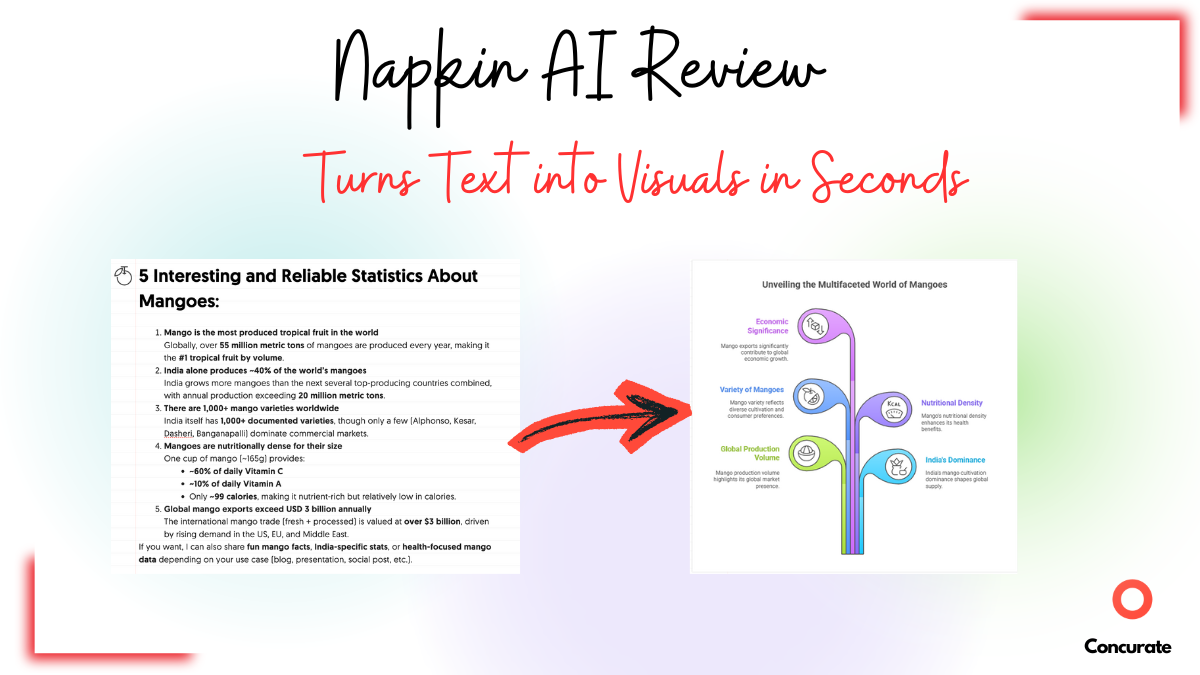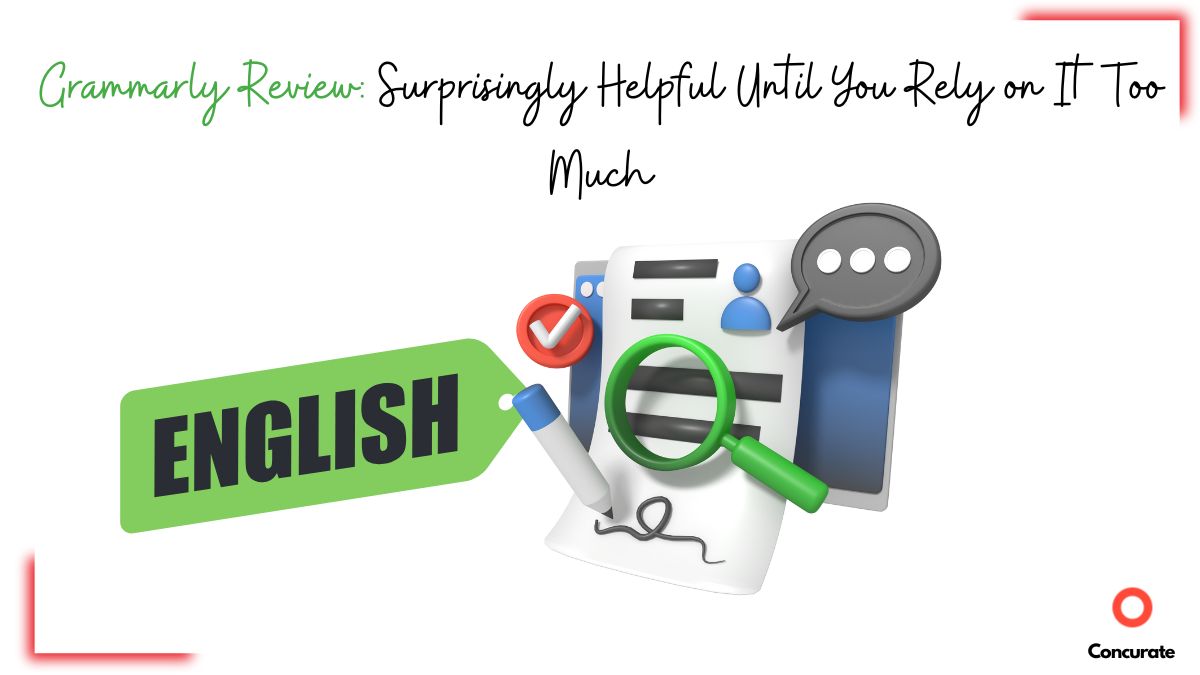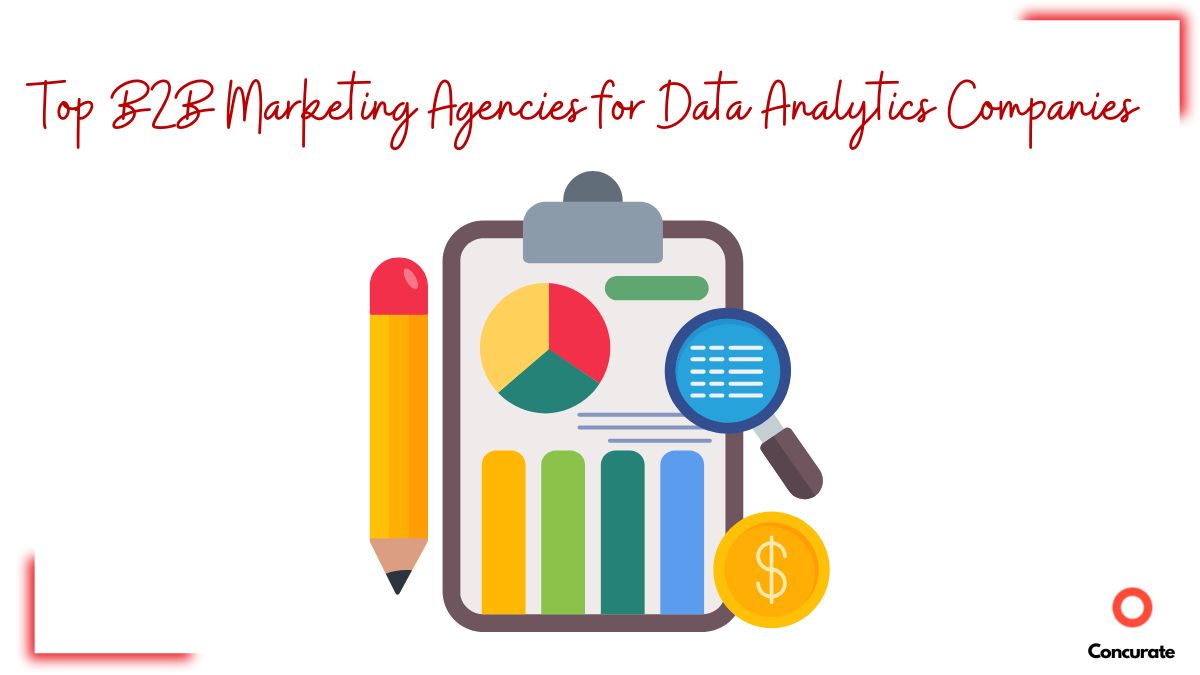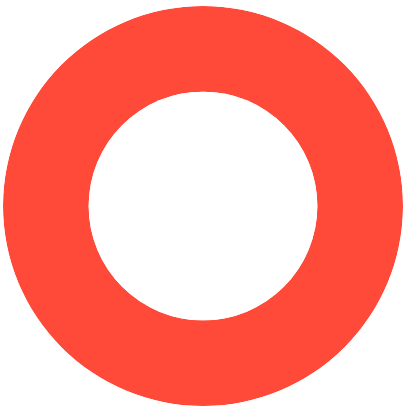Gong Content Strategy Breakdown and 5 Amazing Content Marketing Ideas
| TL;DR: Most SaaS brands drown in generic blogs, but Gong turned content into a growth engine by focusing on pain-point SEO, research-backed insights, and smart lead capture. Concurate analyzed Gong’s content strategy and distilled five steal-worthy lessons any SaaS company can adopt to drive signups and revenue. |
Can content really be a strategic advantage in a highly competitive space when everyone can spam blog posts in minutes using AI?
The answer is yes.
Gong is a glaring example of content done right in a space like revenue generation. It thrived in an industry shared by names like Clari, Outreach, and SalesLoft, each with its own well-established content strategy.
Of course, Gong is now a billion-dollar company with $300M ARR, and not everyone can possibly mimic its content growth.
However, we analyzed Gong content strategy and found five content marketing lessons that any SaaS company, regardless of size or industry, can implement and see remarkable results.
Here is the overview of the strategy followed by the lessons.
Get content insights in your inbox. Fill the form below today!
A Comprehensive Look at Gong’s Content Marketing Strategy
To find the secret of Gong’s content strategy, we analyzed its pages that attract huge traffic, the keywords for which it ranks for top spots on Google, and its publicly available content.
| 💡 Gong ranks for 19.1k organic keywords and receives 48.6k visits every month. |
It turns out that Gong has nailed the basics very well – it supports the entire buyer’s journey with a healthy ratio of high-quality content for each stage.
| 💡 Three types of content based on the buyer’s journey Awareness Stage Content – This content is for target users who are looking for a solution to a problem. It’s educational, broad, and designed to attract attention. The goal is to introduce potential buyers to your product category as one of the solutions to the problem they are facing. Consideration Stage Content – This type of content attracts audiences who are evaluating different solutions in the same product category as yours. This type of content allows you to spotlight your product and give compelling reasons to the audience to explore further. Conversion Stage Content – At this stage, the audience knows about your product and is closer to a purchasing decision. The aim here is to convert interested prospects into customers. |
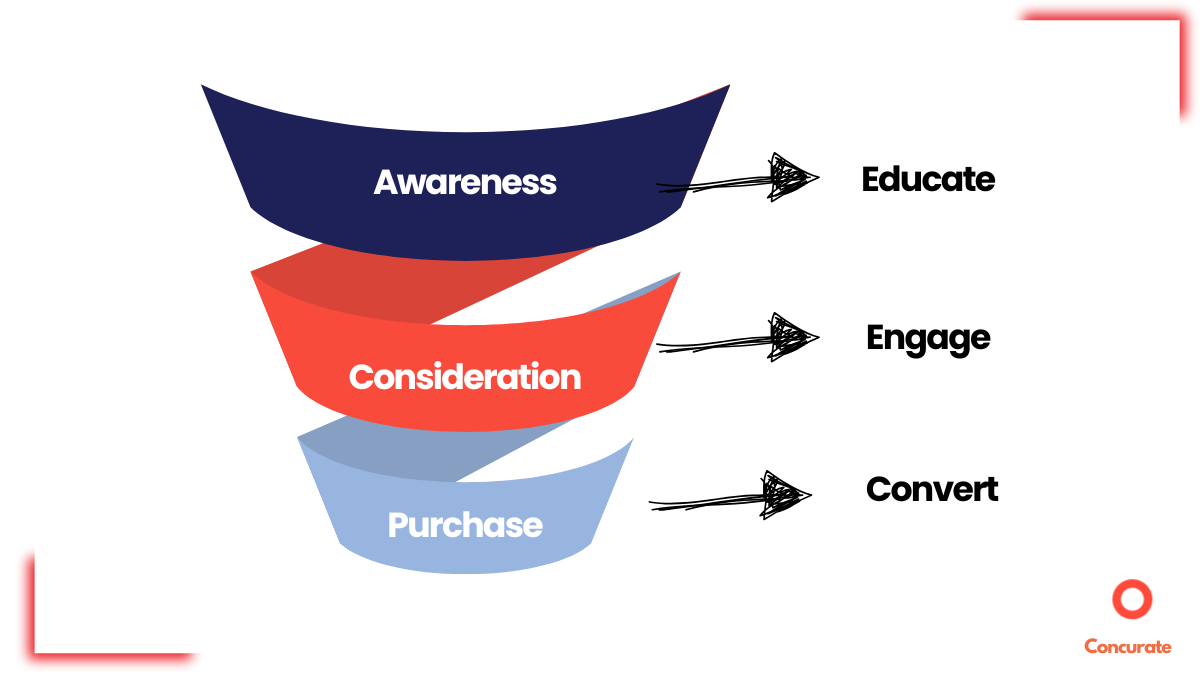
However, Gong’s secrets lie not in what it does but in how it does.
Awareness-Driven Original Content
The core of Gong’s awareness-building content is its massive collection of original research-based and expert-opinion-based content.
It’s one of Gong’s biggest strategic advantages, built through years of consistency. The company has been publishing this kind of content since 2016- long before thought leadership became a trend.
Gong’s awareness content comes into two broad categories:
1. Research-Based
Gong sits on a massive amount of sales call data and uses this data to craft research-based “Gong Lab” content. As of today, there are a total of 95 pieces of such content that are full of evidence-based insights and information.
Since these content pieces are evergreen, the Gong content team repurposes these for other channels, such as LinkedIn, even months after the original publication.
2. SME Opinion-Based
If Gong Lab represents evidence-based thought leadership, its opinion-based counterpart is “The Edge.”
This type of content takes a subject matter expert’s ideas and turns them into useful, easy-to-understand articles. It helps Gong audiences learn, solve problems, and explore new perspectives about their jobs.
These articles, too, have a long shelf life. And Gong continues to promote these on various channels.
Such a distinct content approach gives Gong several advantages over its competitors:
- Sales leaders and executives trust and pay more attention to Gong content because it is either evidence-based or SME opinion-based.
- Such content both educates the target audience and influences future decision-making.
- It sets high expectations among readers. As a result, they circle back to revisit websites and social media channels.
- Salespeople often share thought leadership content with peers, which creates an ideal setup for Gong to benefit from word-of-mouth marketing. Inbound leads from peer recommendations need far less nurturing.
Such content also does well in terms of SEO. For example, “Should you leave a voicemail for cold calling” ranks within the top 10 positions for several high-intent, long-tail keywords.
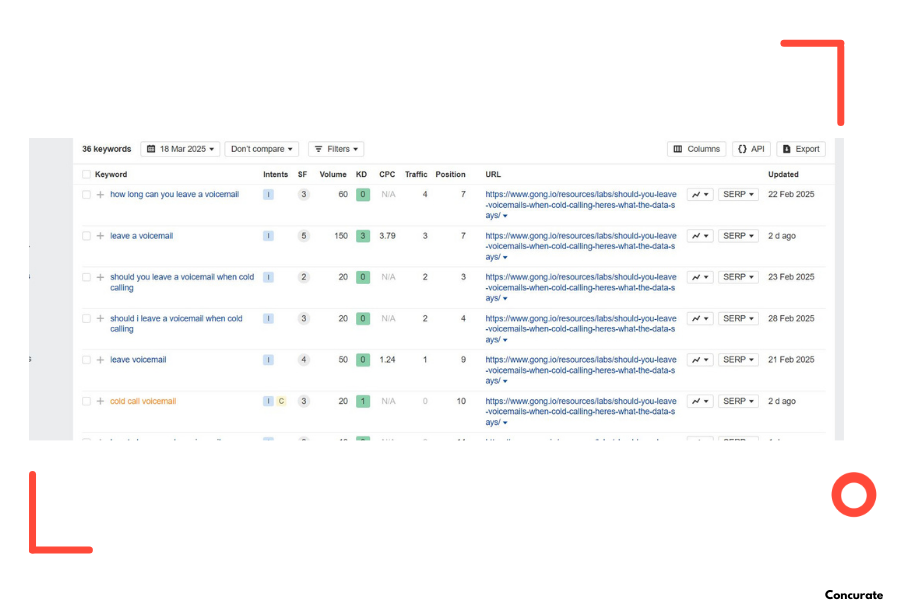
Beyond this, Gong also produces typical in-depth content around search terms its audience uses to learn about their jobs. A good example would be” What is ICP in sales?.” According to Ahref data, this awareness-focused content drives 2823 monthly visitors.
Consideration Focused Content
To keep the conversation going and assist target visitors in making better purchasing decisions, Gong has invested in consideration-focused content. It also has two distinct categories:
1. JTBD Content
The first pillar of this category is Jobs-to-be-done (JTBD) based content. It answers specific questions Gong’s target customers have when trying to solve a problem or complete a task. It focuses on what they need to do, not just what they’re searching for.
Here is an example: Sales Forecasting Methods. Sales leaders or managers need accurate forecasts to plan and hit targets. This content helps them understand how to choose and implement the right forecasting method.
2. Guides and Templates
Another key differentiator of Gong’s strategy is its guide and template collection – a total of 30 templates and 128 guides. These guides are not just hastily assembled run-of-the-mill checklists. Instead, these comprehensive resources go deep, answer key questions, and provide ideas that make readers want to try them.
Gong maintains dedicated landing pages for these gated resources, where readers must submit an email to access them. These landing pages rank in the top 10 positions for relevant keywords.
However, the most interesting part of Gong’s template strategy is how it upsells its demo. Whenever a visitor downloads a resource, Gong shows a prompt to book a demo, too.
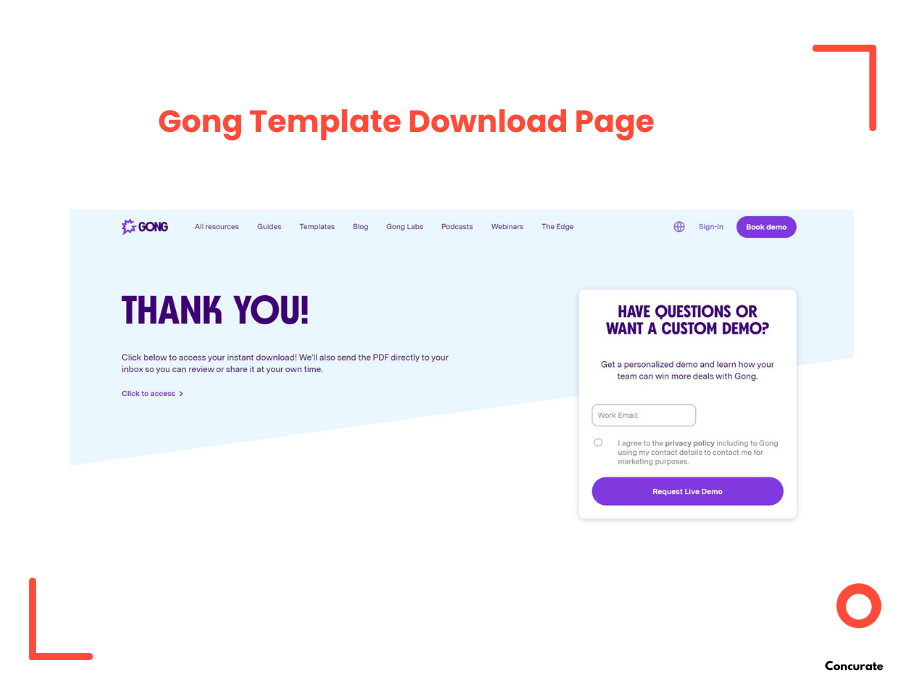
Conversion Driven Content
To appear before searchers who are looking to purchase a solution, Gong has dedicated landing pages for keywords such as “sales forecasting software.” “call recording software,” and “Inside sales tracking software.” These landing pages provide all the information and social proof a visitor needs to become a paid customer.
Gong offers numerous case studies and webinars showcasing its features and impact on sales processes.
Last but not least, Gong has created an instant demo page and uses website pop-ups to make demos available readily.
5 Easy-to-Copy But Effective Content Marketing Lessons From Gong Content Strategy
Here are five key lessons from Gong’s strategy that every SaaS company should pay attention to
Analyze Customers’ Product Perceptions and Capture Their Demand
Gong is officially a revenue-generation platform. But that doesn’t stop the brand from creating content and actively pursuing keywords such as “sales coaching software,” “call recording software,” etc. In fact, Gong ranks for 200+ such keywords. It’s like Gong is discoverable for every possible use of software..
This strategy is very intentional.
Usually, companies put themselves into specific product categories, which shape their marketing strategy. Think of a video conferencing software creating content around video conferencing-related keywords.
However, different user segments use the software to achieve various purposes and search for the product on Google using a name related to a specific purpose. Some users focus on its webinar feature, while others may be interested in virtual events, panel discussions, or product launches.
Any potential user might search for phrases like “best webinar platforms” or “best virtual event organizer tool” to find a similar tool, even if the creators market the product as a video-conferencing solution.
If that video conferencing tool’s website does not target other such topics, it will miss out on that demand.
Create Content Around Audience Pain Points.
If you visit Gong’s blog section, you will see that they have written a lot of “How to Accomplish a [Task]” type content, such as “Sales territory planning: How to optimize and earn more revenue,” “Sales capacity planning: How to use it to drive more revenue,” etc.
This category of keywords is inspired by target customers’ challenges, motivations, and questions. Gong has reviewed its sales calls, customer interviews, and social media footprints to listen to users’ pain points and convert those into search terms and content. Such SEO tactics are collectively called “pain point SEO.”
Since pain point search terms directly answer your user’s queries, your content attracts visitors from the same profiles. These visitors will already be much more marketing qualified, and the average conversation ratio will be higher, too.
In our opinion, if you are after sales or signups, this approach is superior to conventional SEO. In fact, we used pain point SEO to drive 500+ signups for one of our existing clients.
Content Clusters
Gong has published multiple ultimate guide-style long-form posts on its blog section (example). These posts are linked to many other posts that cover different aspects of the broad topics these ultimate guides cover.
Basically, it’s a content cluster setup and these guides are acting as pillars.
Content clusters are amazing for SEO. it signals to Google that your site has the expertise to explore a topic in-depth from various angles. Google prioritizes content that comes from expert sources.
Gong is reaping the benefits from its strong content cluster game. According to Ahref data, its second most high-traffic page is “Everything you need to know about ICP in sales,” There are several more pillar pages in the top 30.

Lead Capture With Templates and Guides
When you create genuinely useful gated templates and seamlessly integrate them into your content strategy, you’ll see a noticeable increase in email submissions.
Gong, as discussed above, has a very mature way of utilizing gated resources. It makes sure:
- Its gated templates add real value to the readers.
- Templates have their own dedicated landing pages, which rank for relevant keywords.
- It nudges for a demo right after the reader has taken an action (template download).
It’s highly advisable to keep those pointers in mind whenever you want to experiment with lead magnets and gated resources.
Invest In Data-Driven and SME Based Original Content
One of the biggest reasons Gong is counted among thought leaders in a highly competitive market is its vast original content pool. Gong has been prioritizing research-based original content since 2016.
Original content can be a differentiator for any SaaS brand. After all, customers are drawn to fresh, unique perspectives. It makes a brand stand out, gets shared among peers, and builds trust. Therefore, when marketing emails from that brand show up, it feels like a value add-on, not an interruption. As a result, sales cycles get shorter, the churn rate goes down, and the conversion rate increases.
In B2B SaaS, original content comes in three flavors:
- Helpful Pain-Point-SEO content: This should be the bread and butter of your content strategy. Focus on creating helpful content around the audience’s pain points, inspirations, and desires so that every time they want a solution, your content becomes a part of the conversation.
- SME-based content: Interview an in-house SME or invite an external SME on the topics your audience wants to read. Since such content comes from deep personal experience, your audience will value it more.
- Research-based content: Another high-ROI-based content is research-based content. If you have access to a significant amount of user or app data, you can convert it into original research-based content. Such content can build up your reputation as a trusted knowledge source, and you can repurpose it into other channels for a long time.
A perk of original content is that you can repurpose it long after publication. That certainly increases the lifetime ROI of such content. For instance, Gong published this report in 2021. One of its recent LinkedIn posts (March 2025) has repurposed that report.
We at Concurate also swear by original content, especially thought leadership content. We actually made it a key part of one of our SaaS clients’ content strategy, which resulted in 500 app signups.
If you prefer a quick walkthrough, we’ve also shared a short video version summarizing Gong’s content strategy breakdown and 5 amazing content marketing ideas for every SaaS.
Want to Level Up Content Marketing Like Gong? Concurate Can Help
Gong is a powerhouse in SaaS content marketing. It delivers many lessons on organic growth that SaaS brands can adopt and reap the benefits of.
However, during our investigation, we felt Gong had missed one major opportunity that we recommend to almost all B2B SaaS companies – writing “[Competitor Product] Alternatives” types of articles. Check out a couple of such keywords mentioned below; these are super easy to aim for top Google search results.
| Keyword | Global Search Volume | Keyword Difficulty |
| Outreach alternatives | 400 | 0 |
| salesloft alternatives | 350 | 0 |
These are keywords potential customers use when actively looking for a solution. Therefore, traffic coming through these search terms tends to convert significantly more.
It’s hard to speculate why Gong hasn’t targeted these yet. However, unless your brand has a compelling reason, we recommend adopting this along with five lessons we distilled from Gong’s content strategy.
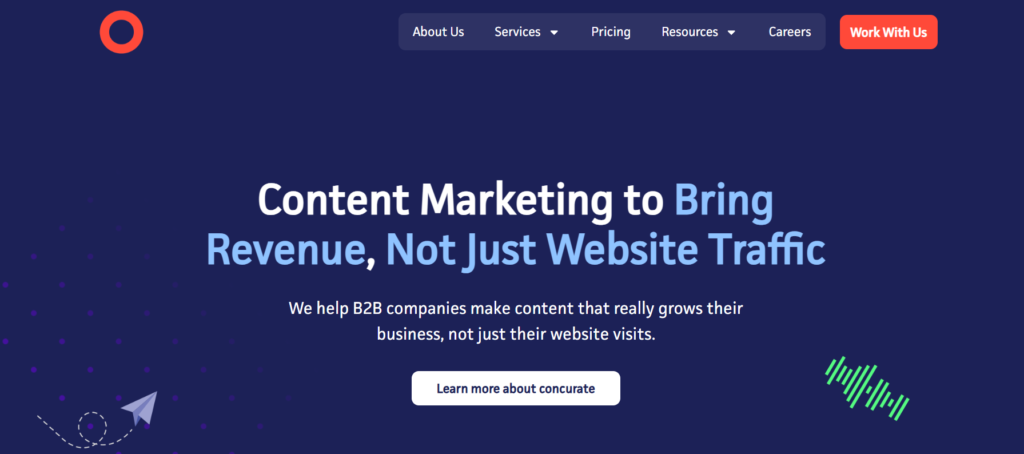
If you want to make the content one of your strategic edges, as Gong has done, Concurate can help. We work with B2B SaaS companies to generate leads, signups, and real results through our proven strategic content marketing approach.
The same approach has helped an early-stage startup to secure 500+ app signups. If you want to know how, book a slot here.



